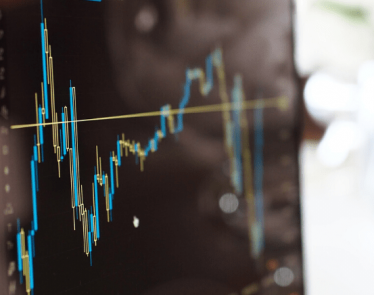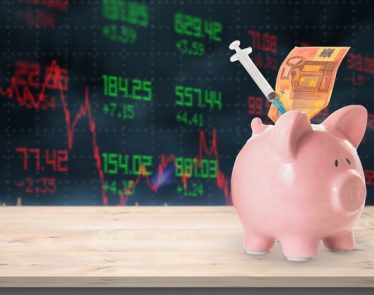
BioTelemetry Inc (NASDAQ:BEAT) share price rose 13% after beating earnings estimates for the first quarter this year. The company has topped revenue and earnings estimates by a wide margin of $2.19 million and $0.16 per share, respectively. It’s financials also improved substantially over the previous year periods.
The provider of cardiac monitoring services and cardiac monitoring devices posted a record quarterly revenue of $94.5 million in Q1, representing a growth of 69% over the past year period. The first quarter marked the 23rd straight quarter of revenue growth for BioTelemetry.
Its organic revenue grew 11% year over year in the first quarter, driven by the full commercial launch of its next-generation MCT and extended wear Holter devices in a patch form factor.
The CEO claims strong execution and extensive penetration in healthcare markets for significant revenue growth.
He said, “Our strong performance is the direct result of the successful execution of our key initiatives. With the largest and most productive sales force in the industry, a vast network of covered lives and the most comprehensive suite of products, we anticipate further expansion of our leadership position in the cardiac monitoring market.”
BioTelemetry has successfully turned significant revenue growth into record earnings. Its generated record quarterly adjusted EBITDA of $23.6 million in the first quarter. Its earnings per share were standing at $0.17 per share, higher sharply from $0.01 per share in the past year period.
Analysts Have Buy Ratings for BioTelemetry

Source Image: finviz.com
>>Penn National Gaming Inc. – The Margin Enhancement Plan is Working
Marketwatch’s Philip van Doorn provides Buy ratings for BEAT stock. Its stock price currently hovers around the 52-week high of $39 a share, up 21% in the last month alone. Its stock price valuations are in line with industry averages despite a sharp share price growth, thanks to sustainable growth in financial numbers. The BEAT stock trades around 22 times to earnings and 4 times to book ratio when the industry average is about 21 and 3 times, respectively.
Featured Image: Twitter












